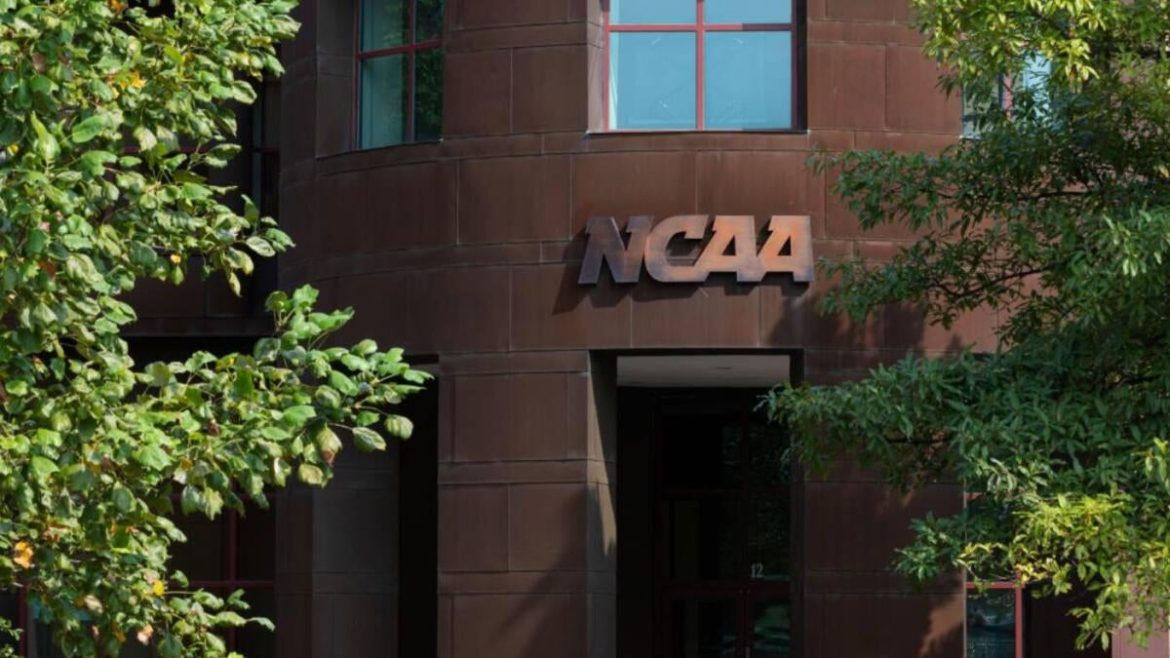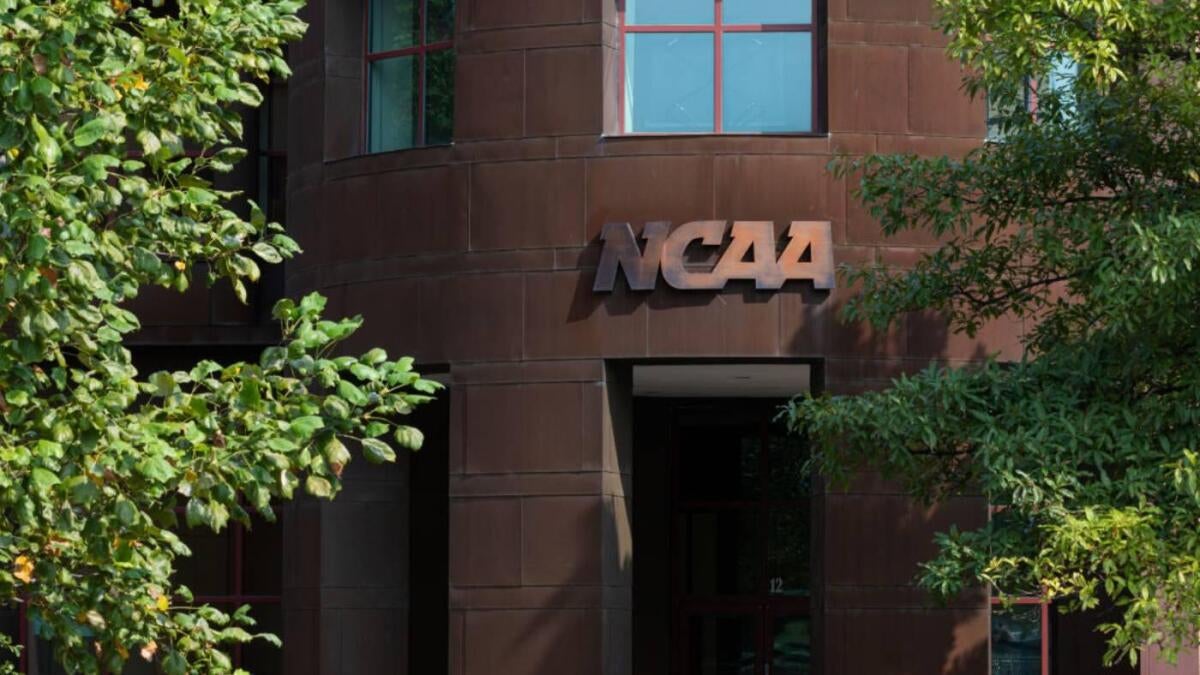The House v. NCAA Settlement: Transforming College Athletics and Navigating Title IX Challenges
—
Introduction: A New Era Dawns in College Sports
The recent U.S. District Court approval of the landmark House v. NCAA settlement marks a pivotal moment in the history of college athletics. Ending decades of rigid NCAA amateurism rules, the settlement enables colleges to pay Division I athletes directly for the first time, unlocking up to $2.8 billion in damages and establishing new revenue-sharing mechanisms. This transition ushers in possibilities for fairer compensation but also introduces complex legal and equity issues, notably surrounding Title IX and gender equity for female athletes. This report explores the settlement’s implications, challenges, and what lies ahead in the evolving landscape of collegiate sports.
—
Understanding the House v. NCAA Settlement
The settlement culminated in a multibillion-dollar agreement that resolves three major antitrust cases against the NCAA and the power conferences — ACC, Big 12, Big Ten, Pac-12, and SEC. U.S. District Judge Claudia Wilken’s final approval permits schools to distribute up to roughly $20.5 million per Division I school annually to student-athletes, potentially rising to nearly $33 million in the ensuing years. This funding is projected to come from a mix of athletic department revenues and specific revenue-sharing models related to name, image, and likeness (NIL) earnings.
Key features include:
– Direct Athlete Compensation: Athletes can be paid salaries or stipends from their schools, a revolutionary break from previous NCAA rules prohibiting this.
– Back Payments: A $2.8 billion pool will provide recompense to thousands of current and former athletes who missed out on earning opportunities between 2016 and the present.
– Revenue-Sharing Models: Organizations can allocate a portion of athletic department revenues for athlete compensation, enhancing potential financial returns.
The end of the traditional NCAA amateurism model signals a seismic shift toward recognizing student-athletes as economic stakeholders in college sports.
—
Title IX Concerns: The Ongoing Battle for Gender Equity
While the settlement opens the floodgates for direct pay, it notably fails to fully address compensation disparities between male and female athletes. Title IX, the federal law outlawing sex-based discrimination in federally funded education programs, looms large as stakeholders question whether the settlement’s payout structure violates federal anti-discrimination provisions.
– Disparate Impact on Female Athletes: Critics argue the settlement undercompensates female athletes by not ensuring equitable sharing relative to men’s sports, especially in revenue-rich football and basketball programs.
– Potential Legal Challenges: Multiple objections have been filed by female athletes and advocacy groups citing Title IX violations. These objections claim the $2.8 billion allocation and revenue sharing mechanisms disproportionately favor men’s sports.
– Historical Context: Unlike men’s sports, women’s athletics have historically faced funding and media inequities. The lack of tailored compensation standards risks perpetuating this imbalance under the new pay-for-play framework.
These Title IX concerns could lead to new lawsuits or settlements specifically aiming to secure equitable pay and resources for female student-athletes, thereby influencing future NCAA governance and policies.
—
Legal and Financial Implications: Stakeholders and Objections
The approval of the settlement does not mark the settlement’s endgame but the beginning of a complex legal and regulatory phase.
– Objections and Appeals: Over a dozen formal objections have been registered, ranging from athletes disputing individual allocations to attorneys arguing broader legal deficiencies, including antitrust and Title IX law violations.
– Financial Impact on Universities: Schools will grapple with the financial burden, as estimates suggest athlete compensation could cost individual institutions $25 million to $30 million annually. This may impact budgeting, scholarships, and program development.
– NIL and Contract Enforcement: The settlement intersects heavily with the evolving NIL (Name, Image, Likeness) regulations. Colleges must navigate enforcement, contract negotiations, and compliance with federal guidance, adding layers of administrative complexity.
These elements signify ongoing transformations not just for athletes but for university departments, lawyers, administrators, and governing bodies.
—
Broader Consequences for College Athletics
Beyond financial and legal issues, the settlement’s approval signals systemic shifts influencing the broader collegiate sports ecosystem:
– Recruitment and Competitive Balance: Schools with deeper pockets could leverage pay to attract top talent, potentially increasing disparities between powerhouse programs and smaller institutions or conferences.
– Conference Realignment and Market Forces: Money and athlete pay may accelerate conference realignments driven by revenue and NIL market considerations.
– Cultural Shift from Amateurism to Professionalism: The traditional narrative of college athletes as amateurs engaged solely for education and passion gives way to recognition of their roles as compensated laborers demanding fair pay for their contributions.
Universities, governing bodies, and athletes themselves must adapt swiftly to ensure the evolving system is sustainable and equitable.
—
Conclusion: A Landmark Shift With Many Unanswered Questions
The House v. NCAA settlement undeniably rewrites the rulebook on collegiate athletics, ending the era of unpaid play and unlocking unprecedented financial benefits for student-athletes. However, it also exposes unresolved challenges—particularly around gender equity under Title IX—that risk sparking future litigation and policy debates. As schools embark on paying athletes directly and navigating a multibillion-dollar revenue-sharing landscape, vigilance, innovation, and advocacy will be essential to balance fairness, competitive integrity, and legal compliance.
The settlement is both a victory and a starting point: a foundation for a more just compensation model, but one requiring careful stewardship to ensure that the new playing field is fair and inclusive for all athletes. The evolution of college sports is accelerating, and the coming years will reveal how institutions harness this transformative moment to redefine what it means to be a student-athlete in America.





